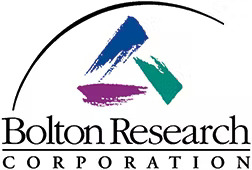The TiVo Ratings Revolution: How It Can Change the World of Television Programming
 Early in 2009, TiVo announced the further development and expansion of their Stop//Watch Ratings service. Because hard wired TiVo television sets track second by second TV viewing back to TiVo headquarters, we now have a means of instantaneous audience feedback. The implications of this are either very cool or very frightening….depending upon your perspective.
Early in 2009, TiVo announced the further development and expansion of their Stop//Watch Ratings service. Because hard wired TiVo television sets track second by second TV viewing back to TiVo headquarters, we now have a means of instantaneous audience feedback. The implications of this are either very cool or very frightening….depending upon your perspective.
Let’s start with the cool part. If you have a second by second EKG of your viewers, you can make some very smart changes to programming based upon the tune in or tune out (or in this case maybe fast forward) indicators. Boring programming elements can be avoided, initial program hooks can be measured, or the players in a local newscast can be given an electronic “approval rating”. Joe the sports guys goes, and RoxAnne the weather girl is a keeper. All based on the second by second audience data provided by TiVo.
Here’s the frightening part. Not only do you get measurements of actual programming elements, but you of course get measurements of how many viewers skipped through the spots you just sold to your client at a premium. Good for the advertisers, but not so good for the broadcasters who fight the good fight. One more method to get beat up on rates. I have not looked into this, but I am assuming all the agencies get the Stop//Watch service for free, and the broadcasters pay through the nose.
But do keep something in mind. TiVo subscribers differ from the general population in some known and unknown ways. For example, I would suspect the TiVo user to have a higher socioeconomic profile than the non-user. There could be geographic differences, TV usage differences, attitudes about TV spot differences, etc etc. Just having a gigantic database (in this case a sample of 100,000 subscribers for the ratings service, and 20,000 for the socioeconomic data service) does not necessarily make it better data. Sampling error is error, plain and simple.
But still…. imagine watching your TV audience come and go, back up, and fast forward…all in real time. Cool indeed. Very cool.




